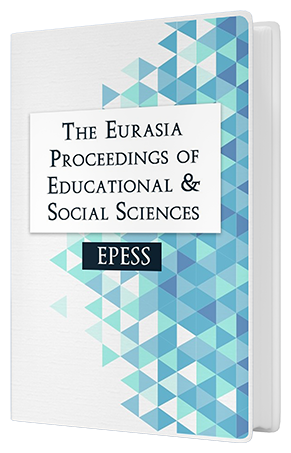Development of Manipulative: Understanding the Concept of Integer Addition and Subtraction
DOI:
https://doi.org/10.55549/epess.844Keywords:
Concept of integer, Subtraction, Addition, ManipulativeAbstract
Integers are often considered complex material that students struggle to grasp. Operations involving the addition and subtraction of whole numbers pose significant challenges for elementary students, who may encounter difficulties such as understanding the concept of negative numbers, subtracting larger numbers from smaller ones, and performing addition involving both negative and positive numbers. These challenges highlight the need for teachers to devise effective strategies and models that support students in learning integers. Providing engaging and interactive learning experiences could be an optimal approach to help students reason about integers. Consequently, the use of media or tools may be necessary to make the concept of integers more concrete and less abstract. This research aims to develop a valid, practical, and effective manipulative using the Thiagarajan 4D model, which consists of defining, designing, developing, and disseminating phases. The study involved eleven sixth-grade elementary school students as participants. A pretest and posttest on integer addition and subtraction were administered to evaluate the differences in students' abilities before and after using the product. The results suggest that students found it easier to conceptualize integers as assets and debts with the aid of the manipulatives. The final product, a manipulative tool, is named the 'Integer Operations Board.
Downloads
Published
How to Cite
Issue
Section
License
Copyright (c) 2024 The Eurasia Proceedings of Educational and Social Sciences

This work is licensed under a Creative Commons Attribution 4.0 International License.
The articles may be used for research, teaching, and private study purposes. Any substantial or systematic reproduction, redistribution, reselling, loan, sub-licensing, systematic supply, or distribution in any form to anyone is expressly forbidden. Authors alone are responsible for the contents of their articles. The journal owns the copyright of the articles. The publisher shall not be liable for any loss, actions, claims, proceedings, demand, or costs or damages whatsoever or howsoever caused arising directly or indirectly in connection with or arising out of the use of the research material. All authors are requested to disclose any actual or potential conflict of interest including any financial, personal or other relationships with other people or organizations regarding the submitted work.




